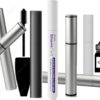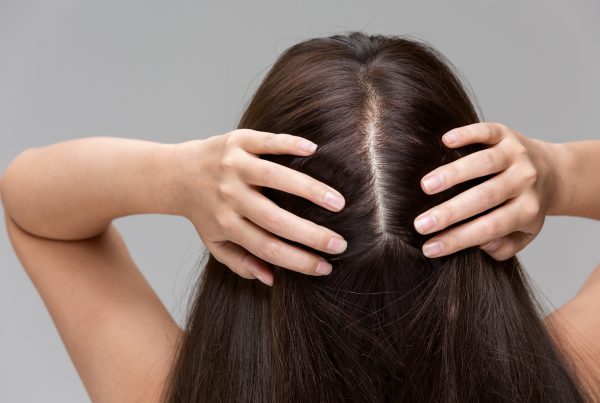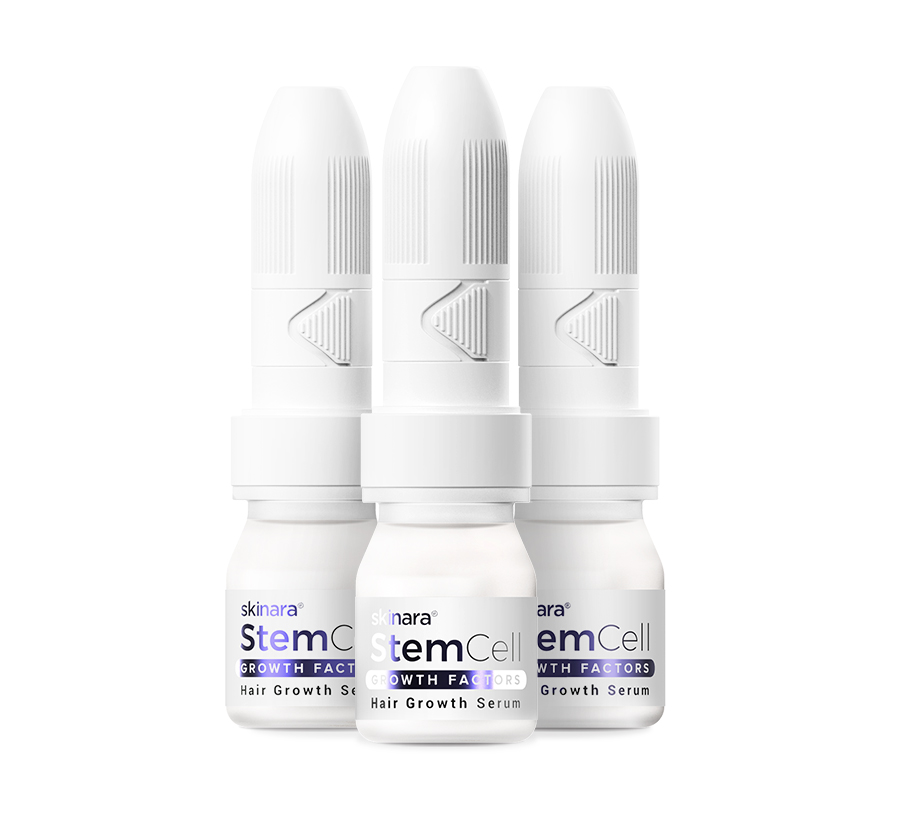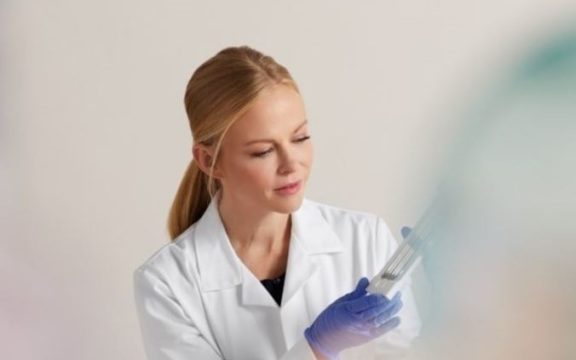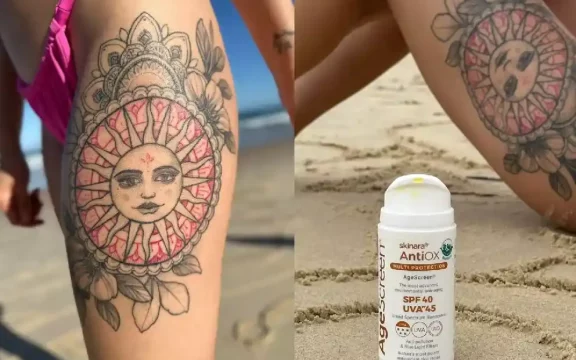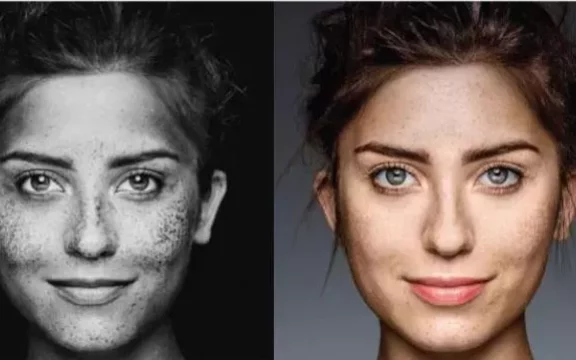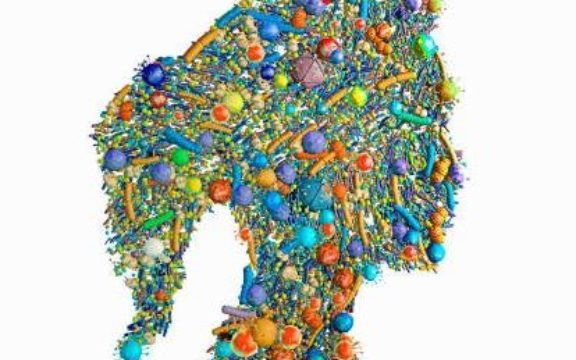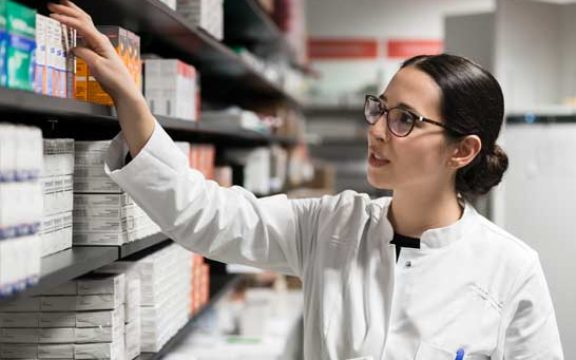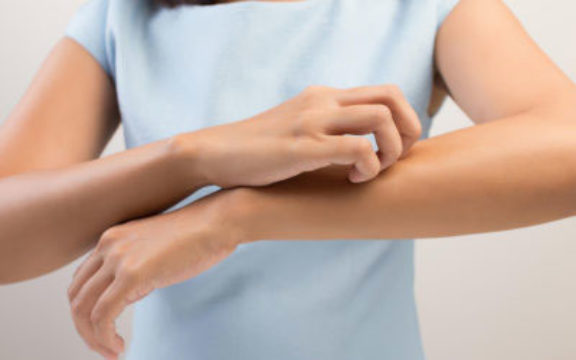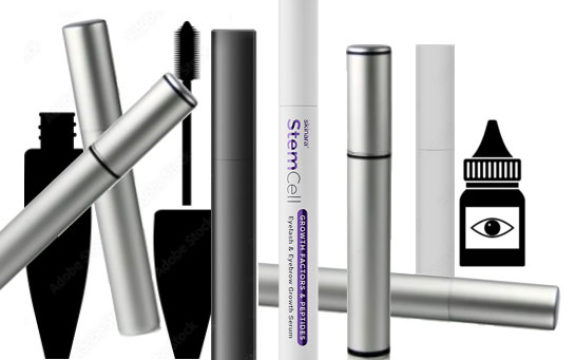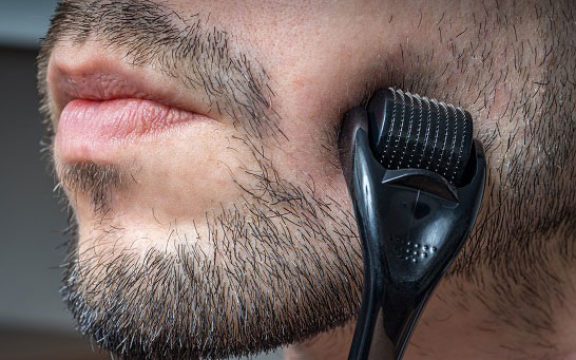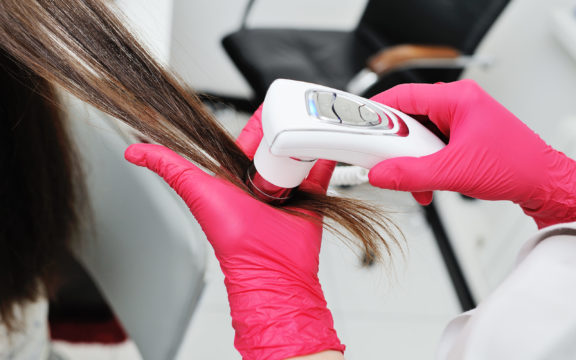Advanced Hair Restoration Methods
Around 70% of men and 40% of women suffer from hair loss. And because there are numerous causes it’s important to identify why you may be suffering from hair loss or hair thinning.
Alopecia Areata (AA)
A common form of hair loss is Alopecia Areata. The hair growth (catagen) phase is either very short or it doesn’t occur at all. The hair goes into the inactive (telogen) phase. This can result in sudden hair loss presenting as one or more circular bald patches over the scalp. It can be the result of severe stress when the body’s immune system mistakenly attacks hair follicles. Apart from a program to reduce stress levels, other treatments include corticosteroid injections, topical immunotherapy (using chemicals to trigger hair regrowth through an allergic reaction), or topical solutions such as Rogaine® or Regaine® (Minoxidil) but these may have side effects and are generally not suitable for reproductive age women.
Scalp microflora
Recently as scalp biology enters the metagenomics era, we have a much deeper understanding of scalp diseases. Technological advances in metagenomics provide clinical evidence pointing to scalp and gut microflora imbalances as well as serious nutritional deficiencies being connected to hair loss.
Androgenetic Alopecia (AGA)
Known as male or female pattern baldness is multi-factorial condition, involving a genetic predisposition and hormonal changes. The disease happens as progressive hair follicle miniaturization, suppressing hair growth and a premature onset of catagen. Early detection is important in being able to treat it. Recent studies are focusing on a link to scalp microbiome dysbiosis (imbalance) and micro-inflammation. Initial tests with antimicrobial serums on Androgenic Alopecia sufferers indicates a correlation between the reduction of the scalp’s healthy microbiota inhabitants and an increase in Malassezia (a species of bad fungi).
Telogen effluvium (TE)
Telogen Effluvium is a temporary but rapid form of hair loss on the top of the scalp and can be due to some form of shock, traumatic event or stress. Alternatively it can be due to poor diet, pregnancy or childbirth, certain drugs, heart conditions, surgery, toxic metals or the menopause. Basically as much as 30% of hair can get stuck in the ‘telogen’ or resting phase whereas normally its 5-10%. Once you identify and treat the triggers your hair should grow back within 3-6 months.
Conventional hair loss treatments
Some of the current treatments for hair loss or hair thinning are topical drugs or medications such as Minoxidil (Rogaine® / Regaine®) or Finasteride (also marketed as Propecia®). However for you to maintain any hair growth you will need to use these continuously for life.
Surgical options
Alternatively there are several surgical procedures including hair transplants. This is where active hair follicles are transplanted from areas of the scalp to areas of hair loss. Transplants can also improve the appearance of bald patches. But if the hair loss is hereditary then it may be a temporary solution over time. And it’s an expensive undertaking.
Advanced hair restoration methods
Low Level Laser Therapy (LLLT)
One of the advanced hair restoration methods is also known as red light therapy or cold laser therapy. This irradiates photons into the scalp’s tissues to help reinvigorate blood circulation and stimulate hair follicles to grow. Whilst this method is non-invasive, has no negative side effects (although long-term safety has not been established yet) and is pain free, it doesn’t work for everyone. It can also be expensive, costing thousands of dollars a year.
PRP (Platelet-Rich Plasma)
Another advanced hair restoration option involves taking a patient’s blood and processing it in a centrifuge to isolate the PRPs from the platelet-poor ones and red blood cells. The PRP is then injected into the areas of the scalp where hair growth needs increasing. It’s a hair loss treatment in its infancy with some limitations including the absence of a standardized concentration of platelets.
Microneedling or Derma rolling
This advanced hair restoration method is based on a type of cosmetic treatment using a small handheld roller covered in tiny needles between 0.25 – 3.0mm long. These cause micro injuries in the middle layer of the skin that in turn promote an increased blood supply to the scalp rejuvenating it, and the production of collagen as part of the skin’s natural healing process.
How microneedling works
As with LLLT, microneedling improves blood flow and nutrients to the scalp and induces new stem cells to grow that may support hair growth. You can do it in a clinic or as an at-home treatment every 2-6 weeks, although it’s wise to seek medical advice as there’s a risk of bruising, irritation, infection or scarring. We don’t recommended for people with compromised skin barrier conditions such as psoriasis, eczema and hypersensitivity, or those with diabetes or who are on medication.
Results can take up to 9 months, although changes may be visible after 3 – 6 months.
Don’t overlook the following treatments which may help halt or reverse your hair loss or hair thinning:-
Gut health
Our hair relies on the nutrients from our food to remain healthy, so choose a diet rich in the following
- Dietary: vitamins and minerals such as zinc, iron and vitamin B12. Other vitamins that support healthy hair growth are A, C, or E, biotin, manganese and selenium.
- And don’t forget flaxseed and fish oils – plus keep your diet rich in fibre!
Scalp microbiome friendly hair care
Recently science has confirmed the crucial role of a healthy microflora for skin and scalp health. Scalp microbiome friendly hair care has a role in preventing or reversing microbial dysbiosis (imbalance) which may otherwise lead to hair loss. This is especially true for Alopecia Areata (AA) and Primary Cicatricial Alopecia. These are associated with a significant decrease of good bacteria and increase of pathogenic species on the skin.
Combing through the facts
There’s also a fungal component which affects both the dermal and sub-epidermal (deeper) layers of the scalp – dandruff is a typical condition of this. So always use pure and clean hair care (no harsh chemicals), as this is critical for scalp homeostasis (balance) and a healthy hair growth cycle and regeneration.
Harsh ingredients
Obviously avoid fragrances and harmful toxins, parabens, and sulphates (sulfates). Such ingredients can cause scalp irritation and inflammation. They can also deplete many of the beneficial nutrients mentioned above and disrupt your hair’s natural growth cycle.
Protecting scalp and hair from UV damage
Hair follicles and your scalp are a fragile part of your skin so be careful about UV damage and ALWAYS protect your head from the sun.
Skinara® Advanced Hair Restoration Growth Serum
Skinara® Hair Growth Serum is formulated with Stem Cell Growth Factors.
What are Stem Cell Growth Factors?
They naturally occur in our bodies as signalling proteins vital for regulating cellular processes. Made with pure, natural growth factors with bioactive peptides and microbial ingredients. They can boost the hairs’ natural active growth phase and improve overall scalp health. You directly apply the Serum to areas of the scalp requiring treatment. Safe and effective, without the negative side-effects commonly associated with other hair growth products. The length of the treatment programs vary depending on the severity of the hair loss problem. They can range between 3, 6 and 12 months. Results show after around 3 months with more noticeable results from 6 months onward. Learn more
